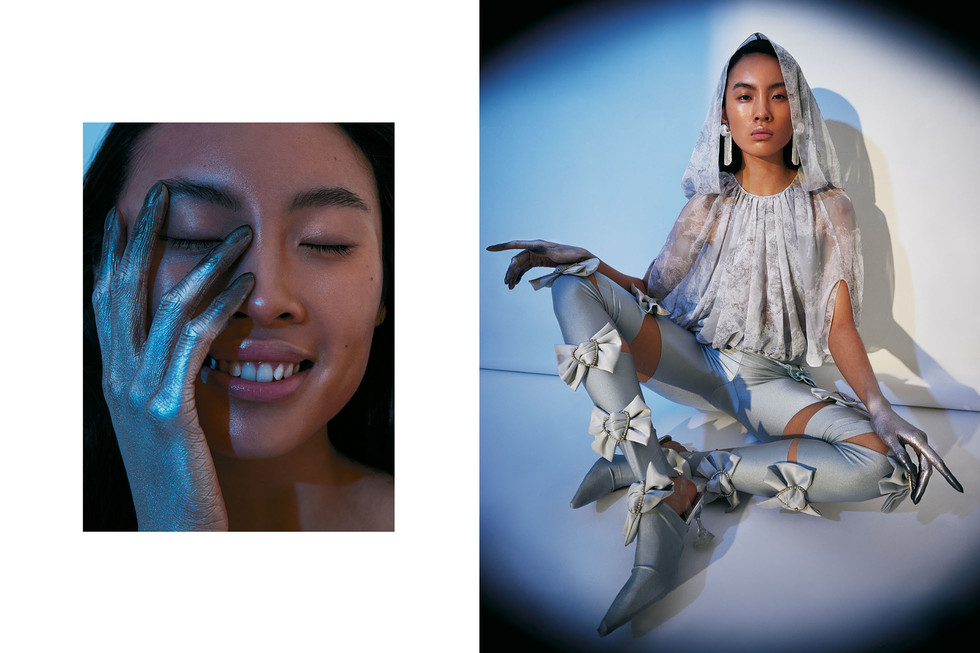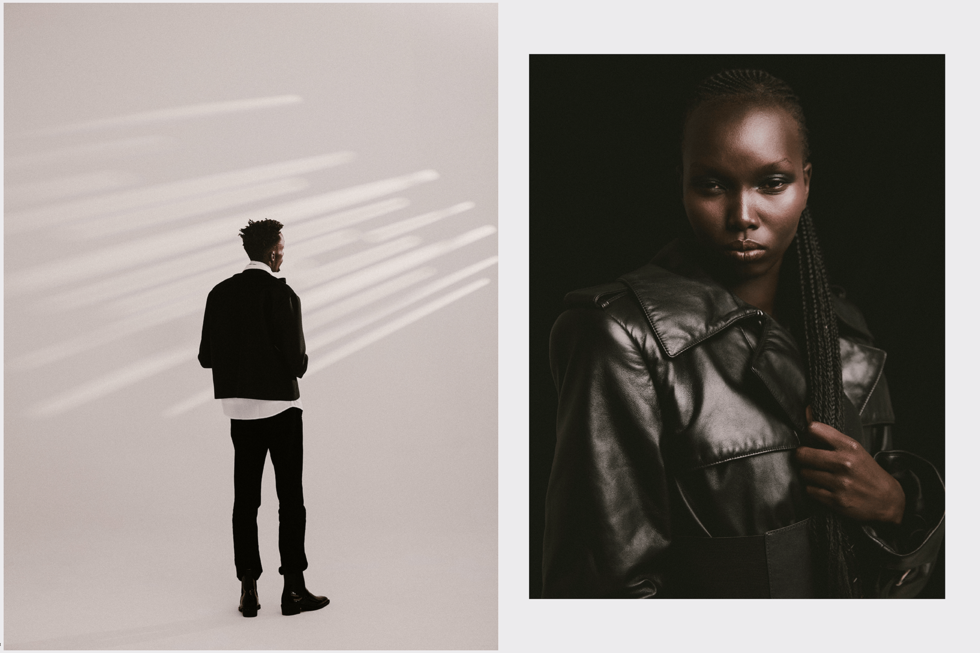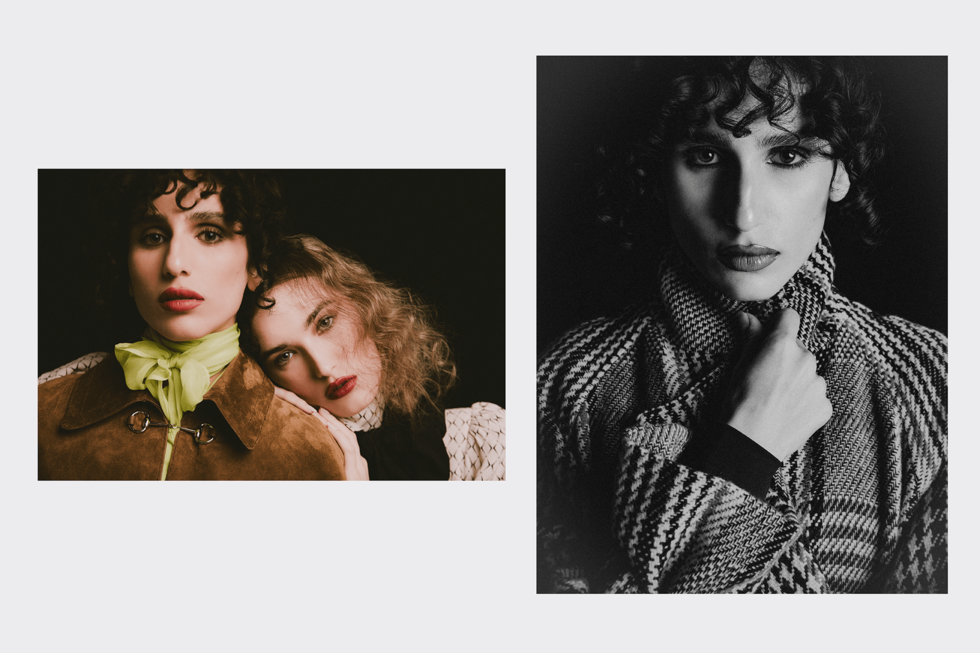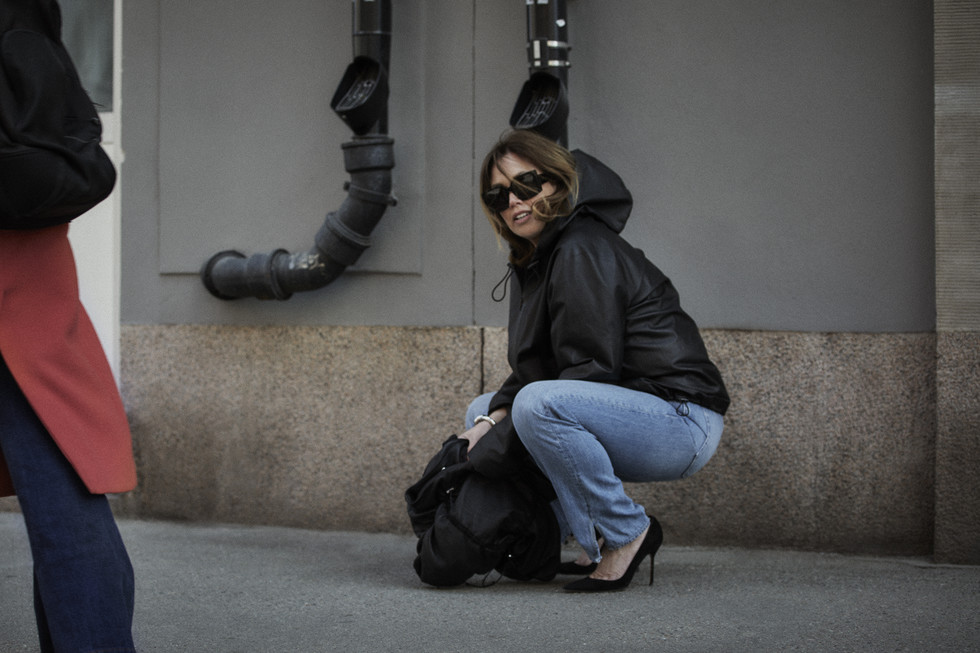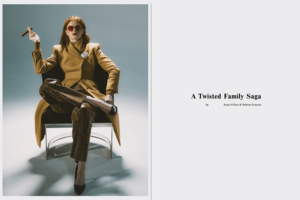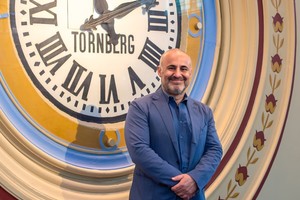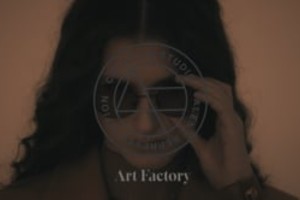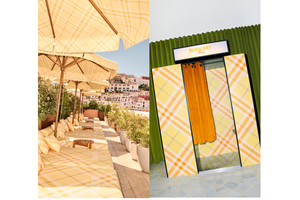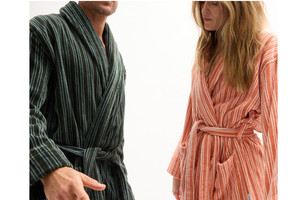Swedish author Mikaela Bley marks 10 years since her debut with Lycke, the first in a string of bestselling psychological thrillers. With a background in television and a fascination for female perpetrators, Bley has carved out a distinctive voice in Scandinavian noir. In this interview, she reflects on her creative journey, the real-life inspiration behind her stories, and how her own fears and recent reality TV experience, shape the narratives she writes.
Ulrika Lindqvist: Congratulations on celebrating 10 years as an author! Did you always now you wanted to write? What made you take the leap into writing your first novel 10 years ago?
Mikaela Bley: Thank you! When I worked as an acquisition executive at TV4, I bought a true crime series about women who kill and became completely hooked. I read everything about female perpetrators, and that’s where the idea for my first book series about Ellen Tamm (crime reporter at TV4) was born. Female killers and victims are still a recurring theme in my books. I have always been interested in exploring the origins of a crime, its psychology, and the underlying motives. My ambition is to write multifaceted, exciting, and gripping stories – where nothing is as it first seems. My ambition is to portray our contemporary society from different and new perspectives and to raise questions about guilt, power and justice - where the line between perpetrator and victim lies dangerously close.
UL: You released your debut Lycke in 2015, how has the response, both critically and from readers, shaped your perception of the novel over time?
MB: The response was very positive from both readers and critics, and that made me so happy. It went much better than I had ever dared to hope. The series was sold directly to fourteen countries and made it possible for me to continue writing. Since it was a gamble when I quit my job at TV4 to write, it was an incredible relief and luxury to be able to continue writing full-time. I have released eight books since then and take all constructive criticism to heart so I can improve my craft, and of course, I have developed both as a person and as a writer since then. Reading experiences and reviews are subjective, someone loves a book and someone else hates the same book and I love them all!
UL: You worked at Swedish channel TV4 before becoming an author, how did it feel to return to the channel, this time as a participant in the show The Traitors?
MB: Completely different. Working on or watching a show like The Traitors is nothing like actually being one of the participants-it’s like night and day. Even though I was prepared for it to be a tough game, it turned out to be much more psychologically demanding than I had imagined. Reality quickly became isolated, and even though I knew and understood intellectually that it was “just” a game, it still felt like it was about life and death. It was very interesting to see and experience my own and other people’s behavior in such a special situation and group, not to mention the group dynamics!
UL: Ellen Tamm, your character, works as a reporter at TV4. Has your own experience in front of the camera inspired any new developments or insights that you plan to explore in the next book about her?
MB: Being falsely accused and what that does to a person. When we watch interrogations and interviews with suspected perpetrators and they can’t answer all the questions directly or give vague answers, it is often instinctively interpreted as if they are guilty. My experience in The Traitors made me realize how difficult it is to defend yourself against unreasonable accusations when you are mistrusted. Ellen Tamm will definitely be digging deeper into this.
UL: What was the inspiration behind your new novel If One Falls, All Fall? Did any particular events, ideas, or themes inspire you more during the writing process?
MB: In If One Falls, All Fall, I wanted to explore the modern spy-what kind of people infiltrate our societies and live seemingly ordinary lives among us. It could be a colleague, a neighbor, or even the person you are married to. I wanted to try to understand how someone, year after year, can live their life as someone else, lie to everyone, make friends and have a family? What is the driving force behind it? How do they manage it?
UL: If One Falls, All Fall is launched exklusively as an audiobook before being published in hardback this fall, what is your relationship to audiobooks? Do you have favorite books or genres that you specifically like to listen to?
MB: The audiobook is the most popular format in Sweden. Most of my “readers” now listen to my books. I myself alternate between reading and listening. They are two different experiences. Some books work better in audio format and others the opposite. When it comes to audiobooks, I mostly listen to nonfiction, biographies, and life stories-preferably narrated by the authors themselves.
UL: I’ve heard that you’re afraid of the dark, do you often draw from your own fears in your writing?
MB:Absolutely, I always write about what scares me. Writing is a kind of therapy, a way to confront my fears and ghosts, get to know them, and try to understand them.
UL: Which novels or authors have been most influential to your writing style and the themes you explore? Do you find yourself returning to specific works during your creative process?
MB: Michael Connelly was my great role model; now I am inspired by many different authors in all genres. I read so many books, and all of them teach me something new.
UL: Could you share some insights into your creative process? When and how do you find you’re the most productive or inspired to write?
MB: I always have inspiration to write; time is my biggest challenge. The best thing for me is to isolate myself and focus solely on my writing, really immersing myself in the story and the characters-but it’s hard to do that with small children and everything else in life. That’s why I usually write in the evenings and at night, when everyone else has gone to bed and there’s nothing to disturb me.
UL: What’s next for you as a writer? Are there any new projects or ideas you’re excited to explore?
MB: I’m working on the fourth book in The Killer series and have a lot of other exciting, secret projects in progress. Stay tuned!





